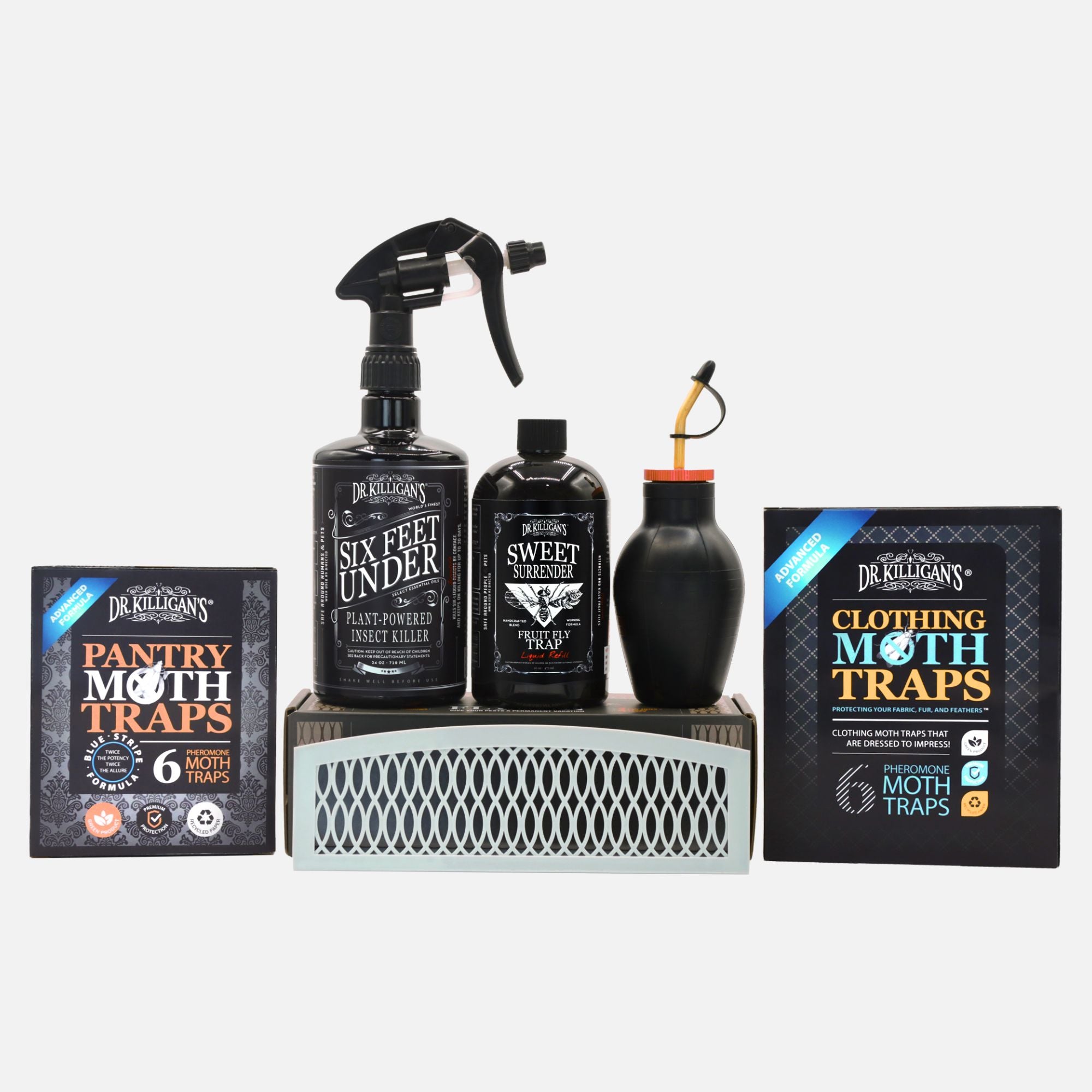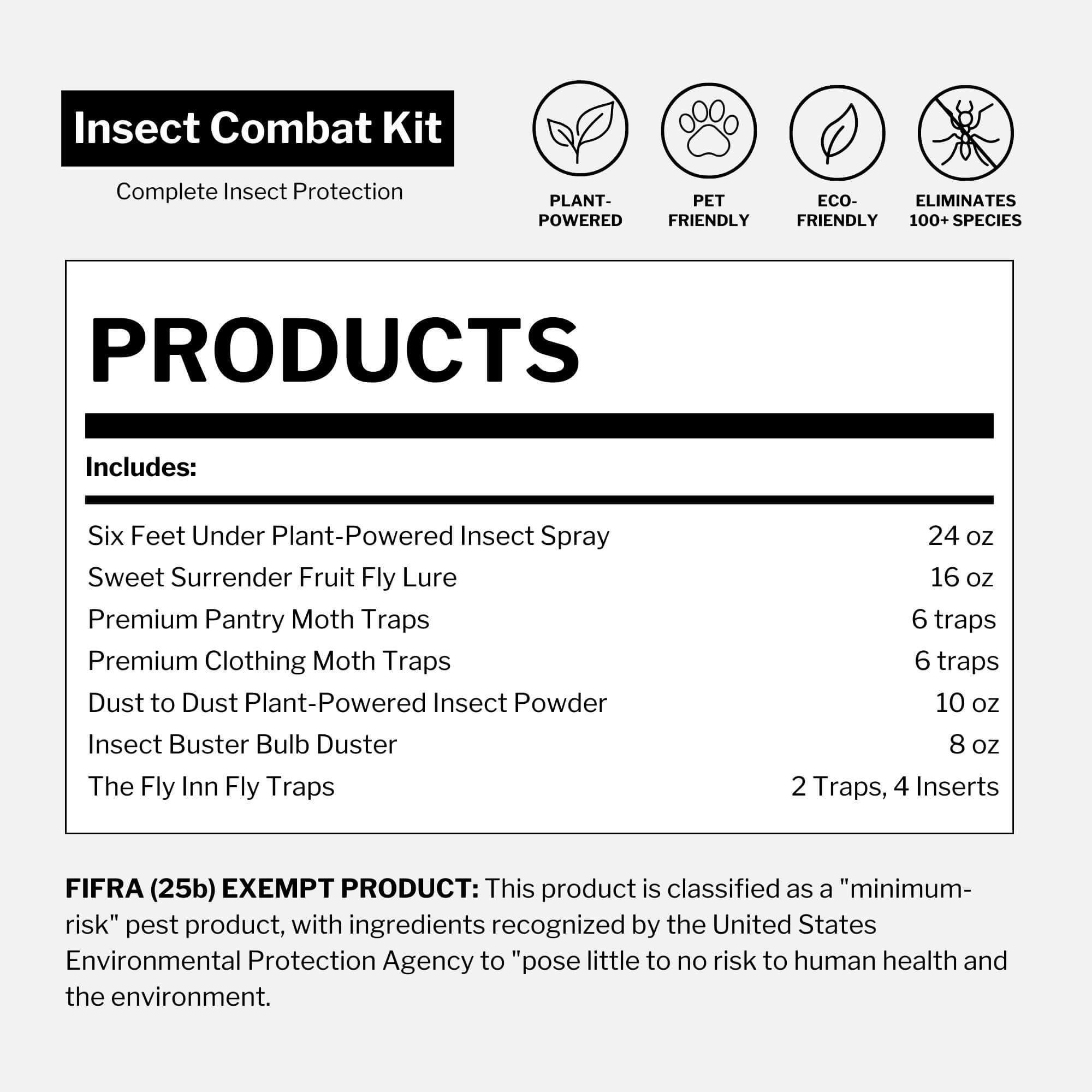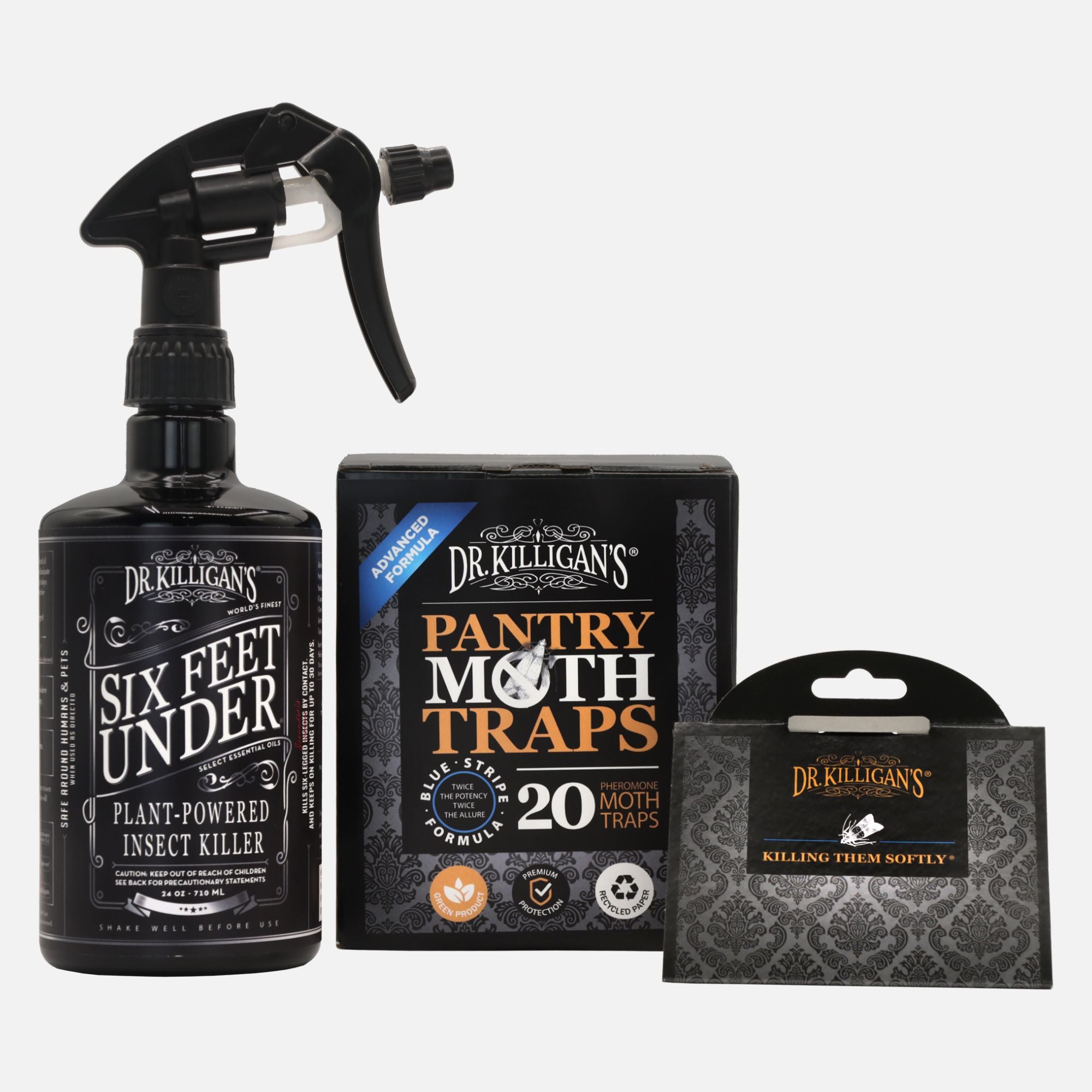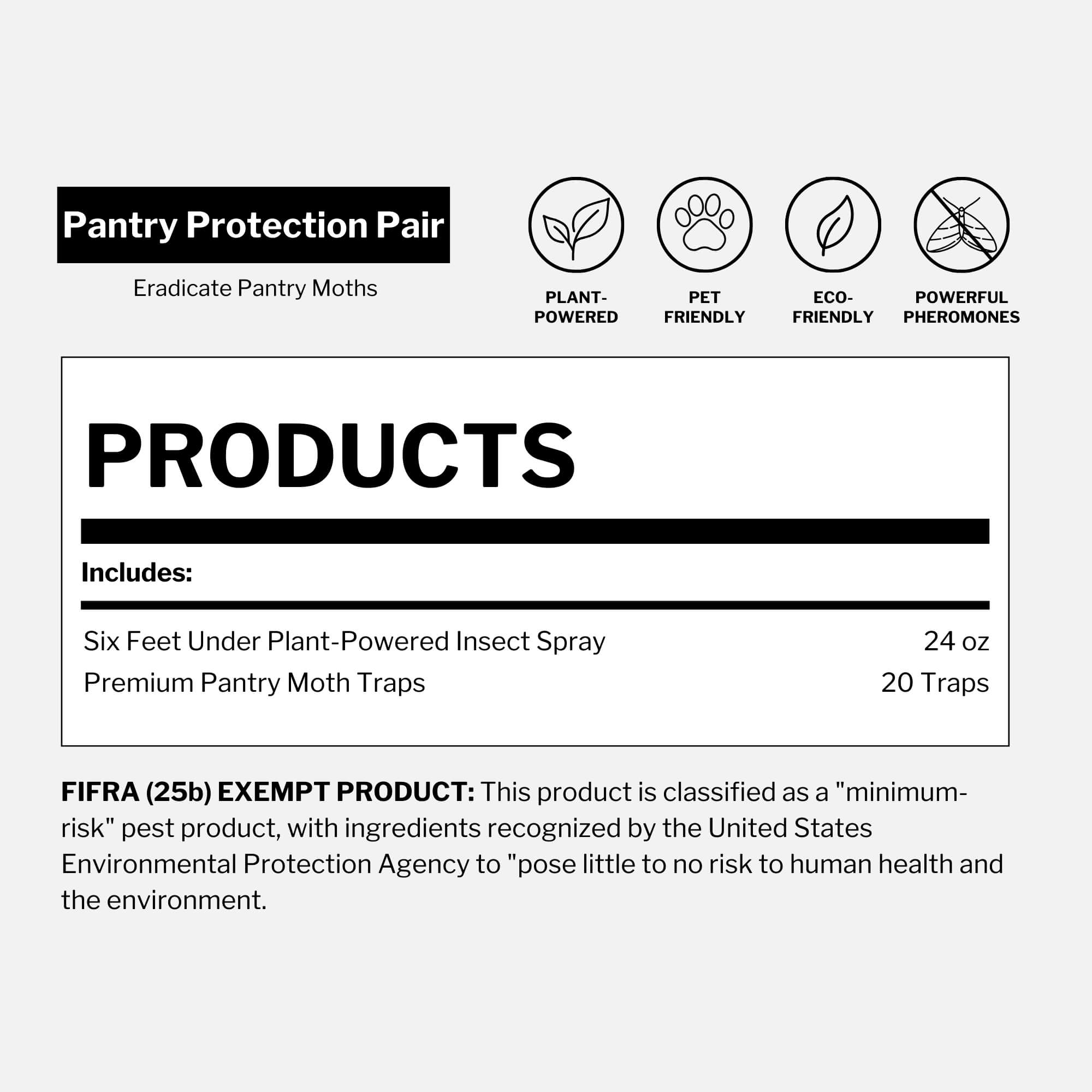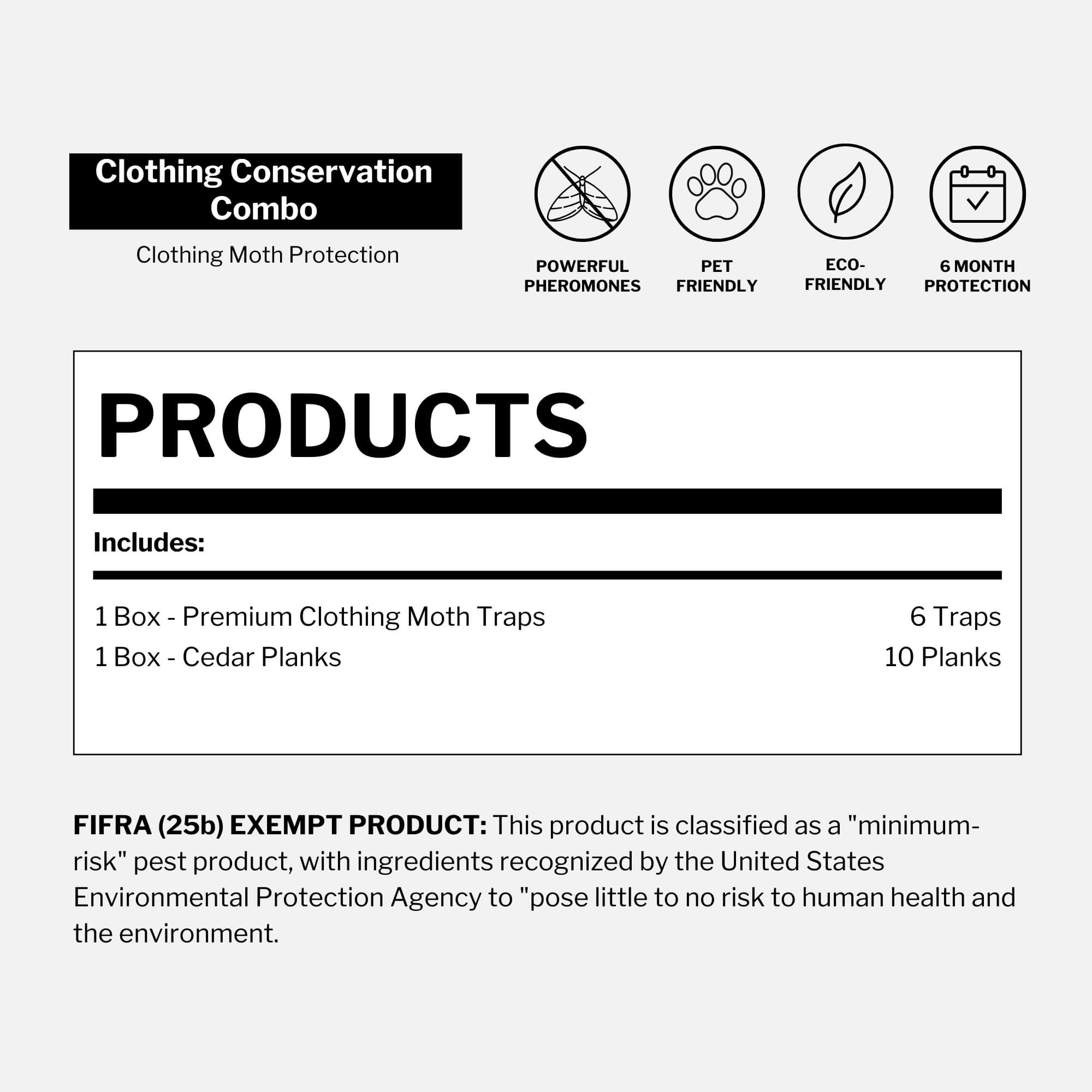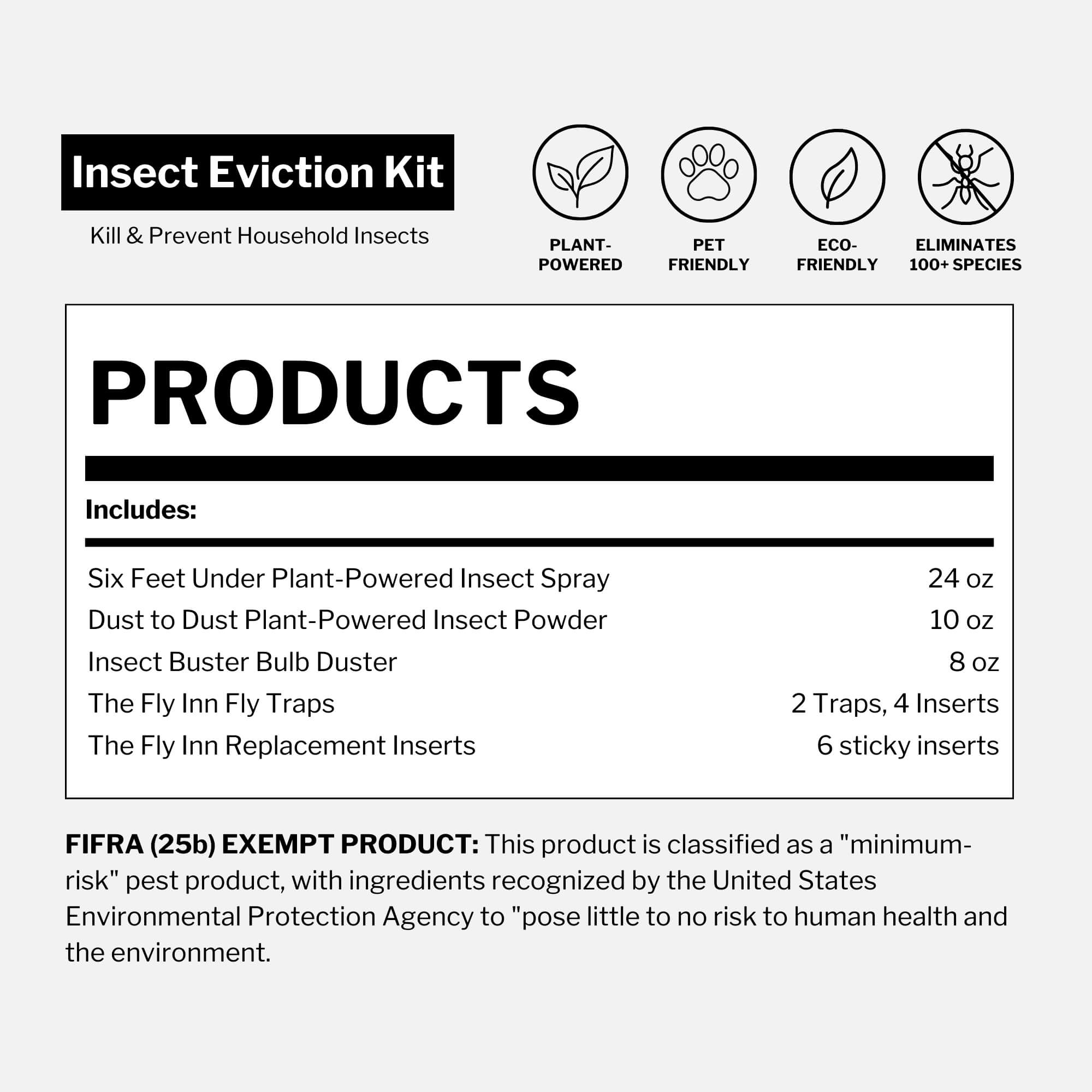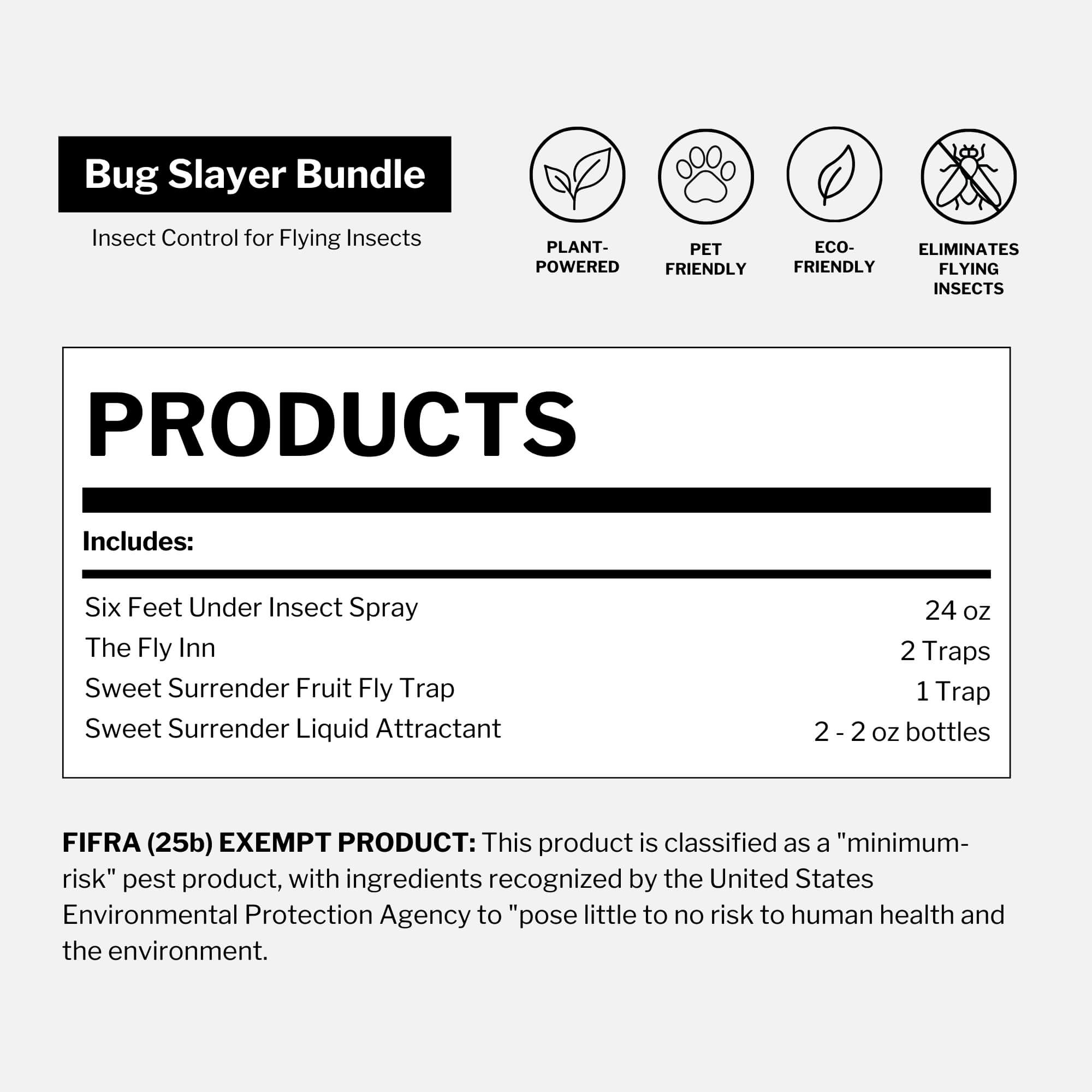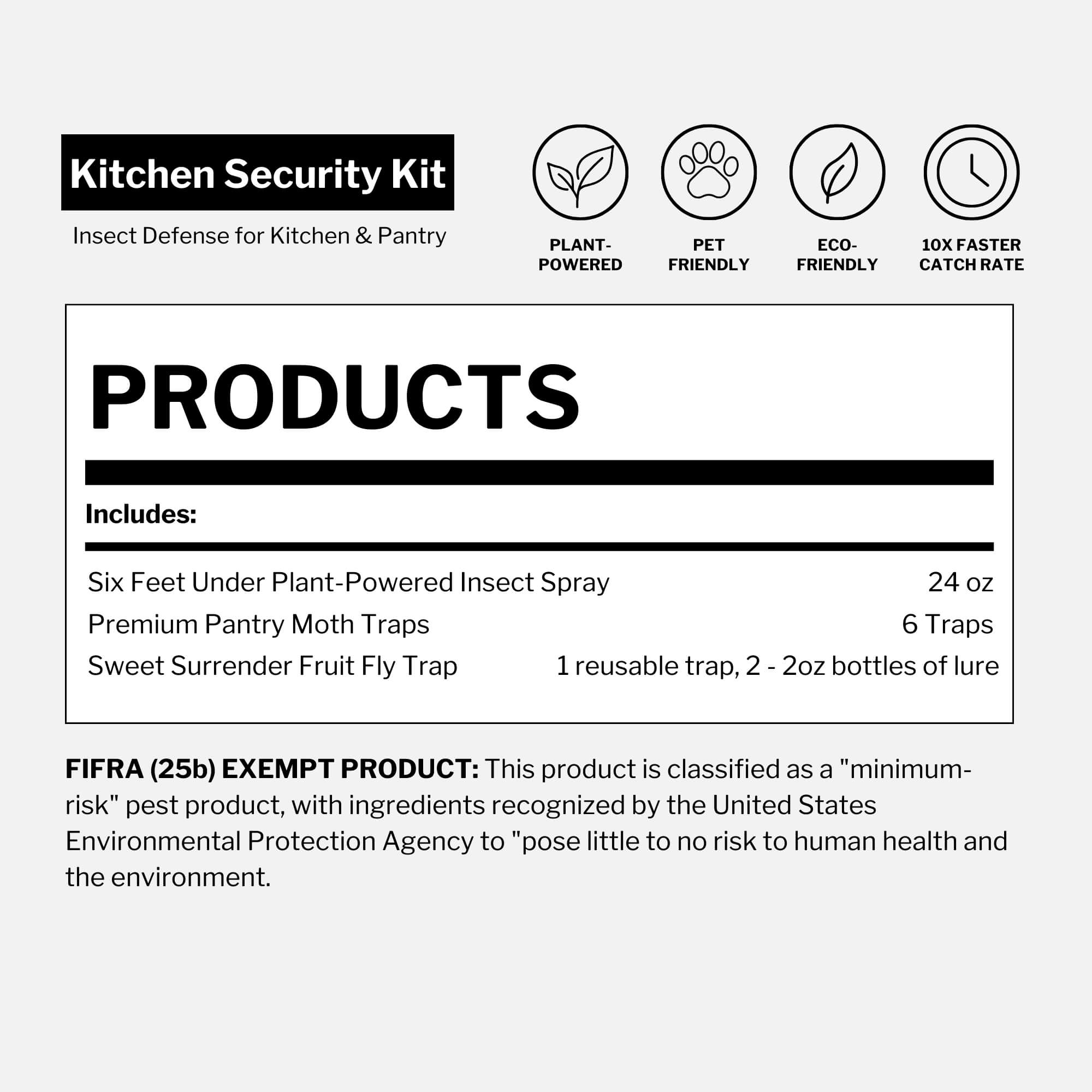Dr. Killigan here, your steadfast companion in the perpetual battle against uninvited, pesky trespassers. In our relentless pursuit of a pest-free existence, we dive deep into a world that is often misunderstood yet ever-present in our lives: the world of fleas. Our exploration shall resolve burning curiosities, answering queries as to whether or not fleas have wings and, if so, can they fly. As we unearth these truths together, let's also uncover the secrets of your paramount allies in this struggle, Six Feet Under and Dust to Dust.
Do fleas have wings? Unraveling the mystery
 In exploring the mysterious world of fleas, it’s easy to become captivated by their astonishing acrobatic feats. Though they are truly wingless creatures, fleas have managed to bamboozle many into thinking they possess the power of flight. This perplexity often leads to questions such as "Do fleas have wings?" and it’s easy to see why. When a flea leaps into the air, performing its remarkable jump, it's almost as if it sprouts wings for a brief moment, defying what seems biologically possible.
In exploring the mysterious world of fleas, it’s easy to become captivated by their astonishing acrobatic feats. Though they are truly wingless creatures, fleas have managed to bamboozle many into thinking they possess the power of flight. This perplexity often leads to questions such as "Do fleas have wings?" and it’s easy to see why. When a flea leaps into the air, performing its remarkable jump, it's almost as if it sprouts wings for a brief moment, defying what seems biologically possible.
Peering into the anatomy of fleas, it's evident that the source of their astonishing jumping ability lies within their hind legs. Loaded with a protein known as resilin, recognized for its superlative elasticity and energy-returning properties, these legs become powerful springs. Fleas compress these springs to store energy, and upon release, they are catapulted into the air, covering distances and heights that are simply staggering in proportion to their size. Such a capability to leap up to 150 times their own length - an equivalent to a human jumping nearly 900 feet - is not just a party trick, but a vital survival skill in navigating to hosts for their blood meals.
Can fleas fly? The power behind the jump
 This conundrum of "Can fleas fly?" finds its answer in the evolutionary tale of these petite pests. To survive and thrive in a world where their hosts are massively larger and often mobile, early fleas had to devise a method to traverse efficiently between hosts, through dense fur or feathers, and avoid becoming a snack themselves. This led to the development of a jumping mechanism that not only allows precision but also packs enough power to pierce through potential protective barriers.
This conundrum of "Can fleas fly?" finds its answer in the evolutionary tale of these petite pests. To survive and thrive in a world where their hosts are massively larger and often mobile, early fleas had to devise a method to traverse efficiently between hosts, through dense fur or feathers, and avoid becoming a snack themselves. This led to the development of a jumping mechanism that not only allows precision but also packs enough power to pierce through potential protective barriers.
Fleas aren't just jumping without a cause; their leaps are calculated and purposeful. With underdeveloped eyes, they turn to other sensory organs, like their antennae, to navigate the world. These antennae detect heat, vibrations and exhaled carbon dioxide, allowing fleas to zero in on potential hosts. Once they've locked onto a target, their remarkable jumping ability ensures they can close the distance swiftly and effectively, minimizing the time they are exposed and vulnerable.
Six Feet Under & Dust to Dust: Dual defenders against fleas
 Embarking on a battle against persistent fleas necessitates a potent, multifaceted approach. With two of our toxin-free solutions - Six Feet Under and Dust to Dust - that are safe for people and pets in your arsenal, you get to guard and secure your domain effectively against these relentless invaders while ensuring the safety of your domestic spaces.
Embarking on a battle against persistent fleas necessitates a potent, multifaceted approach. With two of our toxin-free solutions - Six Feet Under and Dust to Dust - that are safe for people and pets in your arsenal, you get to guard and secure your domain effectively against these relentless invaders while ensuring the safety of your domestic spaces.
Six Feet Under
- Dual-action formula: A kill-on-contact component and a resilient, 30-day residual component.
- Strategic application: Spraying around insect entry points and high-traffic areas, forming invisible, protective barriers.
- Long-term guardian: Safeguarding your spaces against any new interlopers for an extended period, ensuring a continuously flea-free zone.
- Versatile eliminator: Effective against more than 100 insect species, including fleas, ants, and ticks.
- Advanced formulation: Utilizes nano-tech essential oils and fine silica particles to penetrate exoskeletons, dehydrating insects within 24 hours of contact.
- Indoor & outdoor defense: Usable in various environments, including cracks, crevices, and directly on pets and plants, providing a proactive solution against harmful insects.
- Tested & proven: Demonstrated to be more effective than diatomaceous earth in numerous tests.
In conclusion: Ensuring a pest-free future with comprehensive strategies
 Ensuring a future that remains unblemished by the disruptions of pests involves a blend of understanding our diminutive enemies and utilizing powerful, effective solutions like Six Feet Under and Dust to Dust.
Ensuring a future that remains unblemished by the disruptions of pests involves a blend of understanding our diminutive enemies and utilizing powerful, effective solutions like Six Feet Under and Dust to Dust.
- Six Feet Under: Your vigilant guard against immediate and future pest invasions, maintaining serenity within your living spaces.
- Dust to Dust: A holistic, environmentally conscious solution, targeting a vast array of insects and providing a safeguard both within and outside your home, effectively bolstering your defense against both flying and crawling intruders.
By employing both these dynamic solutions, you not only ensure the extermination of existing pests but also the prevention of future infestations, crafting an environment where peace and security reign supreme. Navigate through a future where your moments are tranquil, slumbers are undisturbed and your home stands as an impenetrable fortress against unwanted guests, ensuring they find themselves, quite literally, six feet under or turned to dust.




